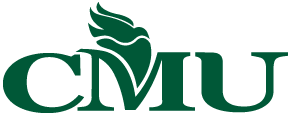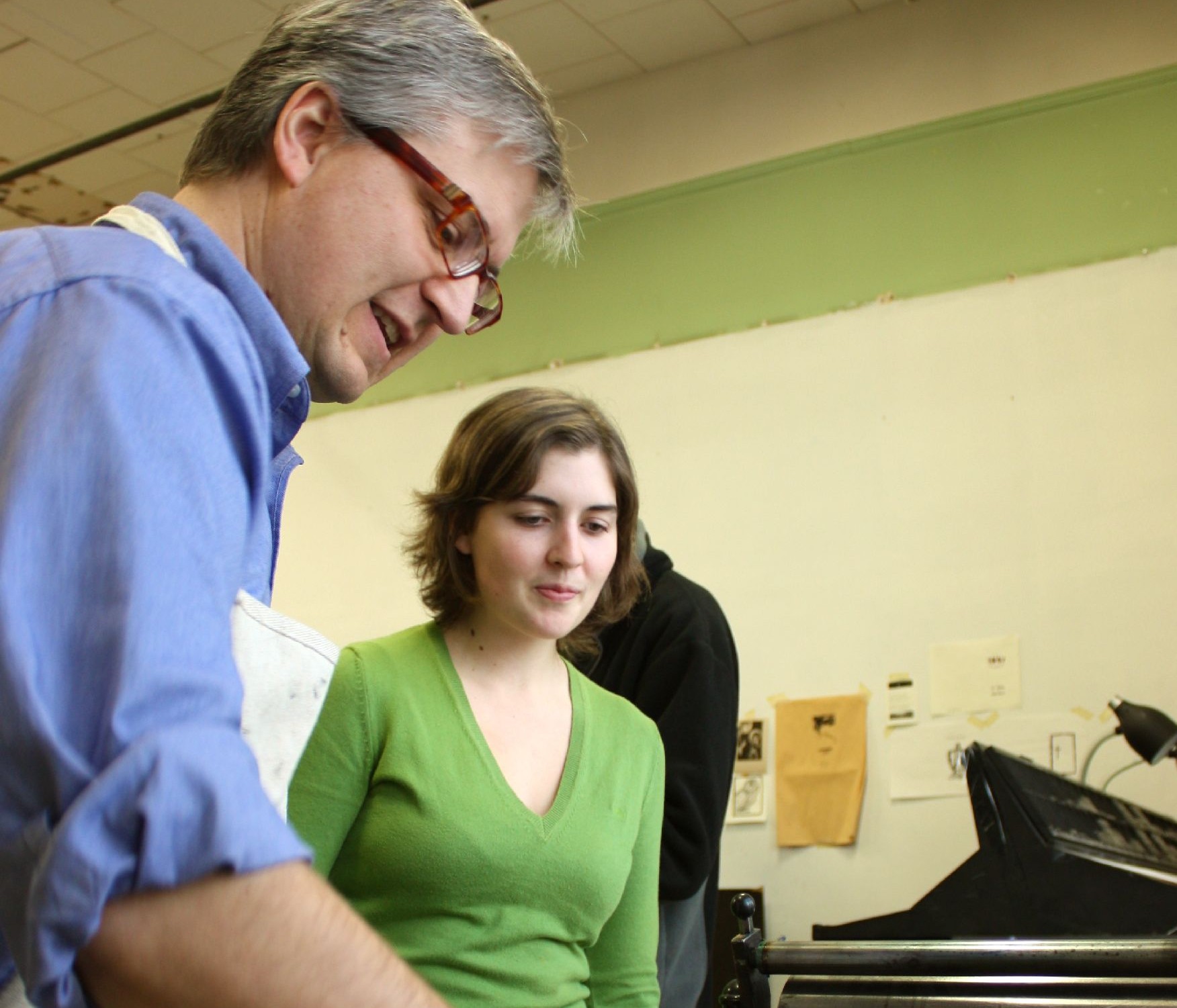Demonstration Using 1960s Proofing Press Helps Celebrate 400th Anniversary of King James Bible
December 23, 2011 – As the year draws to a close, so too does the 400th year anniversary of the publication of the 1611 King James Bible.
To help commemorate the anniversary year, Canadian Mennonite University (CMU) Professor and Dean of Humanities & Sciences Paul Dyck served as curator for the University of Manitoba King James Bible Exhibit and, in a recent hands-on demonstration at CMU, printed copies of the 1611 bible’s title page utilizing 1960s proofing press technology.
“The University of Manitoba holds in its collection an original edition of the 1611 King James Bible,” says Dyck. Working in cooperation with the University of Manitoba, Dyck received a grant of $4,000 from Manitoba Heritage enabling him to curate the U of M’s Archives & Special Collections Exhibit called ‘This Booke of Starres’: 400 Years of the King James Bible. Central to the display is the 1611 King James Bible issued by the King’s Printer Robert Barker. Also in the display are other rare bible editions.
The free exhibit, which opened in October at the Elizabeth Dafoe Library at the University’s Fort Garry Campus, continues until April 30, 2012.
Dyck, who teaches a CMU course called “History of the Book” focusing on 13th to 17th century printing, has a love for print machines and technologies like proof, or letterpress, printing. “There are still some hobby printers and small-scale specialty printer companies that do letterpress printing,” says Dyck.
CMU acquired its 1960 ‘Challenge’ proof press from the University of Manitoba, which Dyck uses for printing unique projects and raising understanding of print technologies.
Early printers made their images from ink painted over images carved onto wooden blocks. The Challenge proof press utilizes a hand-propelled drum-shaped feeder to move paper over an inked block to imprint the image. The block is then re-inked by hand for each additional print.
“I love the one-off approach using this machine, and I like working in a quiet atmosphere,” says Dyck, who prefers to operate the press manually rather than running its motor.
Reprinting 1611 King James Bible Title Page Using the CMU Proof Press
It is from the U of M’s 1611 edition that CMU got its image to construct a replica of the original wooden block used to print the page. Dyck describes this process as a little ‘reverse engineering,’ starting with a colour photograph, converting it to black and white, and using digital engraving to build a print block on a magnesium surface over a wooden base.
Dyck’s main goal is to illustrate the technology to his students – and, in printing copies of the King James’ 1611 title page from his small print shop in CMU’s Founder’s Hall, he had faculty, staff, and students hovering around his “Challenge” machine and taking turns printing their own copy of the title page.
“Today, students are experimenting with text and images electronically using existing technologies. In the 1400s and 1500s, people were doing the same kind of experimentation, only using the technologies available at that time.” Dyck hopes his students “rediscover” printing technology by getting get their hands dirty using the proofing press.
The intricate hand-carving of the image on the 1611 title page speaks not only to the craftsmanship but also to the scholarship behind the design.
Dyck notes that the imagery on the title page is derived from the Book of Revelations. He points out how the scrolls of history in the image are shown surrounded by 24 elders (representing 12 tribes and 12 disciples). “The evangelists come with their traditional symbols,” says Dyck. He describes how, in the iconography, the beasts are translated as the four evangelists: John (the eagle); Luke (the ox); Mark (the lion) and Matthew (the angel).
He points out the sacrificial lamb on the altar at the center of the image. “There is a sense of sorrow (in the imagery) that the scrolls of history cannot be opened by man – it is only the lamb who was slain who can open them.” Says Dyck: “The image also speaks to what it means to read this book, and how it is to be understood. The title page is telling the reader that the reading is itself a holy act that needs to be mediated by Christ.”
Canadian Mennonite University, a Christian university located in Winnipeg, Manitoba, has over 1,700 students at its Shaftesbury Campus in Southwest Winnipeg, at Menno Simons College in downtown Winnipeg, and enrolled through its Outtatown discipleship program. CMU is a member of the Association of Universities and Colleges of Canada.
For matters relating to the CMU’s Proof Press, U of M Exhibit, or CMU History of the Book course offering, contact Professor Dyck by email: pdyck@cmu.ca

